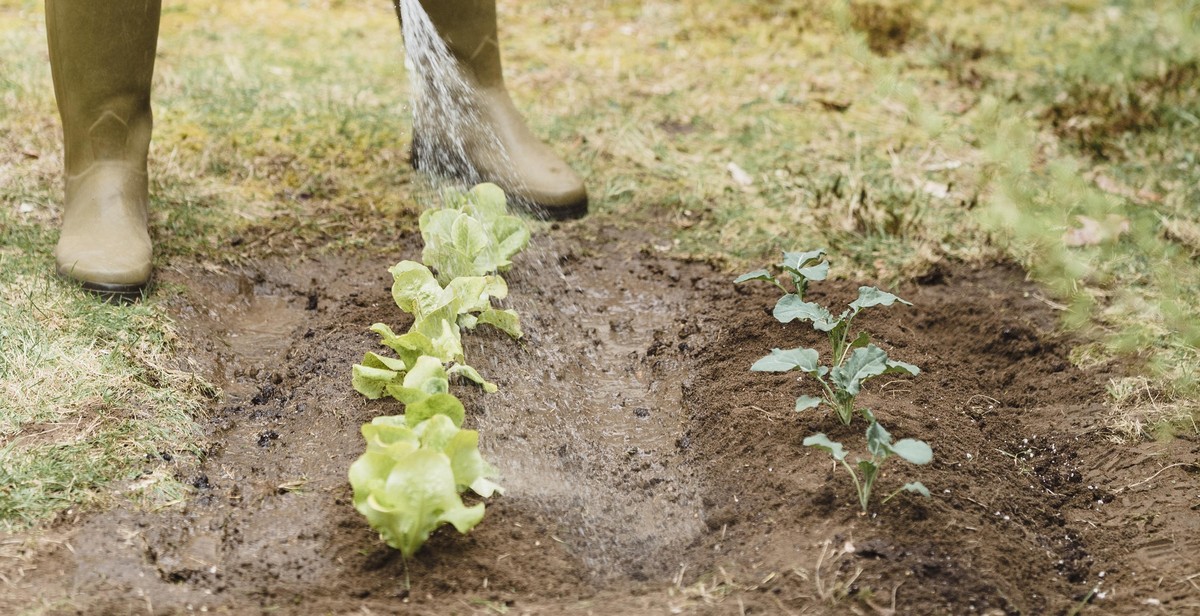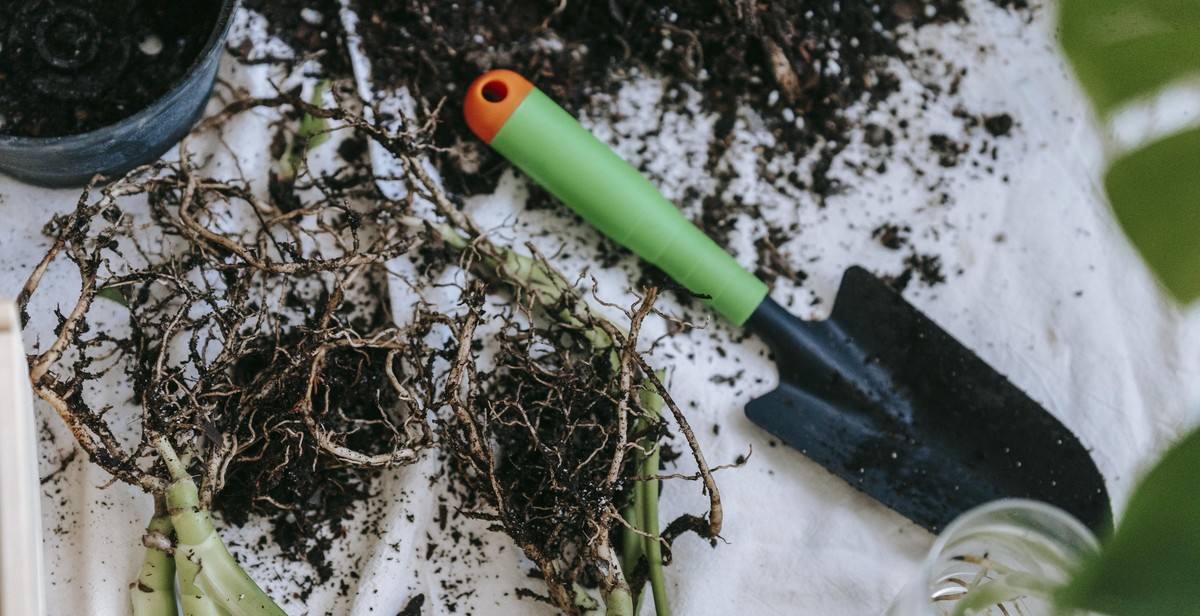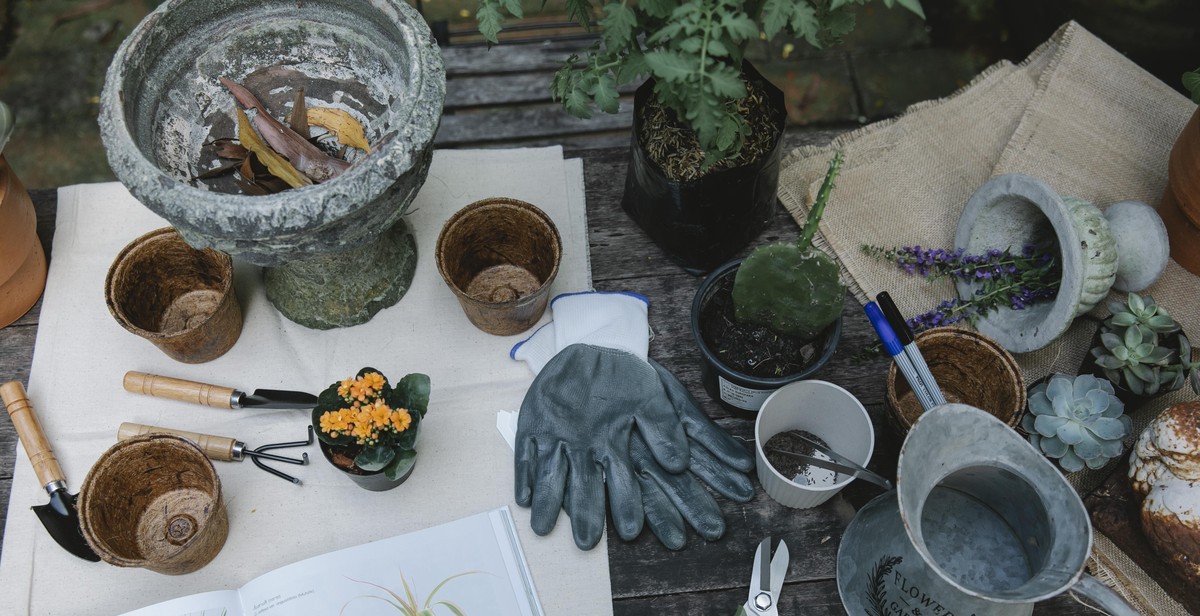How to Prepare Soil for Planting in Raised Garden Beds
Planting in raised garden beds is a popular way of growing plants due to its numerous benefits. Raised garden beds provide better drainage, reduce soil compaction, and make it easier to control weeds and pests. However, to achieve the best results, it is crucial to prepare the soil properly before planting.
Step 1: Clear the Area
Start by clearing the area where you intend to build your raised garden bed. Remove any grass, weeds, rocks, or debris that may hinder the growth of your plants. You can use a hoe or a rake to clear the area effectively.
Step 2: Build the Raised Garden Bed
Next, build your raised garden bed using wood, concrete blocks, or any other material of your choice. Make sure the bed is at least 6 inches deep to allow for proper root growth.
Step 3: Add Soil Amendments
Once your raised garden bed is ready, add soil amendments such as compost, manure, or peat moss. These amendments will provide the necessary nutrients for your plants to grow healthy and strong. Mix the amendments thoroughly with the soil using a garden fork or a tiller.
Step 4: Test the Soil pH
It is essential to test the soil pH before planting. Most plants thrive in a slightly acidic soil with a pH of 6.0 to 7.0. If the pH is too high or too low, you can adjust it by adding lime or sulfur accordingly.
Step 5: Water the Soil
Finally, water the soil thoroughly to help settle it and ensure that the soil amendments are evenly distributed. Allow the soil to settle for a few days before planting.
By following these simple steps, you can prepare your soil for planting in raised garden beds and enjoy a bountiful harvest of healthy plants.

Benefits of Raised Garden Beds
Gardening is a rewarding activity that can provide fresh produce, beautiful flowers, and a sense of accomplishment. However, traditional gardening methods can be challenging, especially for those with limited space or poor soil quality. That’s where raised garden beds come in. These elevated planters offer several benefits over traditional gardening, including:
Improved Soil Quality
One of the most significant advantages of raised garden beds is the ability to control the soil quality. With traditional gardening, you’re limited to the soil in your yard, which may be too clay-like, sandy, or acidic for your plants’ needs. Raised garden beds allow you to create the perfect soil mix for your plants by adding nutrient-rich compost, topsoil, and other amendments. This results in healthier plants that produce more abundant yields.
Better Drainage and Aeration
Another benefit of raised garden beds is improved drainage and aeration. The elevated design allows water to drain more efficiently, preventing root rot and other issues caused by waterlogged soil. Additionally, the soil in raised garden beds tends to be looser and better aerated, which promotes healthy root growth and prevents soil compaction.
Easier Weeding and Maintenance
Traditional gardening can be time-consuming and physically demanding, especially when it comes to weeding and maintenance. Raised garden beds make these tasks much easier by providing a defined area to work in that’s at a comfortable height. Additionally, the elevated design can deter pests and make it easier to keep your garden organized and tidy.
- Improved soil quality leads to healthier plants and abundant yields
- Better drainage and aeration prevent root rot and soil compaction
- Easier weeding and maintenance due to defined area and comfortable height
Overall, raised garden beds are an excellent option for anyone looking to improve their gardening experience. By improving soil quality, drainage, and maintenance, these elevated planters can help you grow healthier plants and produce more abundant yields.

Types of Soil for Raised Garden Beds
Choosing the right type of soil for your raised garden beds is crucial for the success of your plants. There are several types of soil that you can use, each with its own unique properties and benefits. Here are some of the most popular types of soil for raised garden beds:
Topsoil
Topsoil is the uppermost layer of soil that is rich in nutrients and organic matter. It is an excellent choice for raised garden beds as it provides a solid foundation for plants to grow. Topsoil is typically sold in bags or by the cubic yard and can be purchased from garden centers or landscaping suppliers. When selecting topsoil, look for a blend that is rich in organic matter and has a balanced pH level.
Compost and Manure
Compost and manure are excellent soil amendments that can improve the overall quality of your soil. Both are rich in nutrients and organic matter, which can help promote healthy plant growth. Compost can be made at home using kitchen scraps and yard waste, while manure can be purchased from local farms or garden centers. When using compost and manure, it is important to mix them thoroughly with the existing soil to prevent burning or over-fertilization.
Peat Moss
Peat moss is a natural, organic material that is derived from decomposed sphagnum moss. It is an excellent soil amendment that can help improve soil structure and water retention. Peat moss is typically sold in compressed bales and can be purchased from garden centers or landscaping suppliers. When using peat moss, it is important to mix it thoroughly with the existing soil to prevent compaction.
Vermiculite
Vermiculite is a natural, mineral-based material that is commonly used as a soil amendment. It is lightweight and has excellent water-holding properties, making it an ideal choice for raised garden beds. Vermiculite is typically sold in bags and can be purchased from garden centers or landscaping suppliers. When using vermiculite, it is important to mix it thoroughly with the existing soil to prevent compaction.
- Topsoil is rich in nutrients and organic matter.
- Compost and manure are excellent soil amendments that can improve the overall quality of your soil.
- Peat moss is a natural, organic material that can help improve soil structure and water retention.
- Vermiculite is a natural, mineral-based material that has excellent water-holding properties.
By choosing the right type of soil for your raised garden beds, you can help ensure the success of your plants and enjoy a bountiful harvest.

Steps to Prepare Soil for Planting in Raised Garden Beds
Preparing the soil for planting in raised garden beds is an important step in ensuring that your plants grow healthy and strong. Here are the steps to follow:
Step 1: Remove Any Weeds and Debris
The first step in preparing your soil for planting in raised garden beds is to remove any weeds and debris. This will help to prevent the growth of unwanted plants and ensure that your plants have enough space to grow.
Step 2: Loosen the Soil
Next, you should loosen the soil in your raised garden beds. This will help to improve the soil structure and allow for better root growth. You can use a garden fork or a tiller to loosen the soil, making sure to go at least 6 inches deep.
Step 3: Add Organic Matter
Adding organic matter to your soil is an important step in preparing it for planting. Organic matter helps to improve soil fertility, water retention, and drainage. Some examples of organic matter include compost, aged manure, and shredded leaves. Spread a layer of organic matter over the soil and mix it in using a garden fork or tiller.
Step 4: Mix the Soil Components Together
After adding organic matter, mix it together with the soil using a garden fork or tiller. This will help to distribute the organic matter evenly throughout the soil and ensure that your plants have access to the nutrients they need to grow.
Step 5: Level and Smooth Out the Soil
Finally, level and smooth out the soil in your raised garden beds. This will help to ensure that your plants grow evenly and that water is distributed evenly throughout the soil. Use a garden rake to level and smooth out the soil.
By following these steps, you can prepare your soil for planting in raised garden beds and give your plants the best chance of growing healthy and strong.

Tips for Maintaining Soil Quality in Raised Garden Beds
Raised garden beds are a great way to grow plants in a small space. However, it is important to maintain the soil quality in order to ensure that your plants grow healthy and strong. Here are some tips for maintaining soil quality in raised garden beds:
Regularly Add Organic Matter
Organic matter is the key to maintaining soil quality in raised garden beds. It helps to improve soil structure, increase nutrient availability, and promote healthy plant growth. Adding organic matter to your raised garden bed can be done by adding compost, well-rotted manure, or leaf mold. These organic materials can be added to the top of the soil or worked into the soil using a garden fork or tiller. Aim to add organic matter to your raised garden bed at least once a year.
Watering and Drainage
Watering and drainage are also important factors in maintaining soil quality in raised garden beds. Overwatering can lead to waterlogged soil, which can suffocate plant roots and lead to root rot. On the other hand, under-watering can cause plants to wilt and die. It is important to water your raised garden bed regularly, but not excessively. Additionally, ensuring proper drainage is crucial. Consider adding drainage holes to the bottom of your raised garden bed or using a layer of gravel at the bottom to promote drainage.
Weed Control
Weeds can compete with your plants for nutrients and water, which can negatively impact soil quality. It is important to keep your raised garden bed free of weeds. Regularly hand-pulling weeds or using a hoe or cultivator can help to keep them under control. Additionally, using a layer of mulch on top of the soil can help to prevent weed growth and improve soil quality by adding organic matter as it breaks down.
| Tip | Description |
|---|---|
| Regularly Add Organic Matter | Add compost, well-rotted manure, or leaf mold to the top of the soil or work into the soil using a garden fork or tiller at least once a year. |
| Watering and Drainage | Water your raised garden bed regularly, but not excessively. Ensure proper drainage by adding drainage holes or a layer of gravel at the bottom of the bed. |
| Weed Control | Regularly hand-pull weeds or use a hoe or cultivator. Use a layer of mulch on top of the soil to prevent weed growth and add organic matter. |

Conclusion
Preparing soil for planting in raised garden beds is an essential step in ensuring the success of your garden. By following the steps outlined in this article, you can create a healthy and fertile environment for your plants to grow and thrive.
Key Takeaways
- Choose the right location for your raised garden beds, taking into account factors such as sunlight and drainage.
- Prepare the soil by removing any weeds or debris, breaking up clumps, and adding organic matter such as compost or manure.
- Test the soil to determine its pH level and nutrient content, and make any necessary adjustments to achieve the ideal conditions for your plants.
- Consider using a raised bed mix or soil blend specifically designed for raised garden beds, which can provide optimal drainage and aeration.
- Regularly maintain your raised garden beds by adding organic matter, fertilizing as needed, and monitoring for pests and diseases.
Benefits of Raised Garden Beds
Using raised garden beds offers several advantages over traditional in-ground gardening, including:
- Better soil quality and drainage
- Reduced weed growth
- Easier access for planting, watering, and harvesting
- Improved aesthetics and organization
- Ability to garden in small or limited spaces
Final Thoughts
Preparing soil for planting in raised garden beds may seem like a daunting task, but it is well worth the effort. With the right preparation and ongoing maintenance, your raised garden beds can provide a bountiful harvest and a beautiful addition to your outdoor space for years to come.
